Factbox: What are Afghanistan’s untapped minerals and resources?
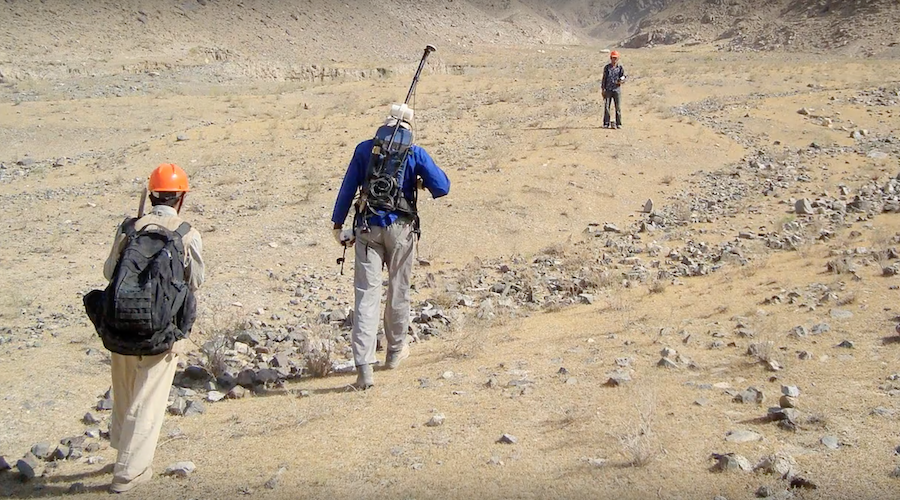
Returning to power in Afghanistan after a 20-year absence, the Taliban have regained control of natural resources that a former mines minister of the country once said could be worth up to $3 trillion.
That estimate was made toward the end of the last commodities supercycle in 2010 and could be worth even more now, after a global economic recovery from the coronavirus shock sent prices for everything from copper to lithium soaring this year.
Afghanistan is rich in resources like copper, gold, oil, natural gas, uranium, bauxite, coal, iron ore, rare earths, lithium, chromium, lead, zinc, gemstones, talc, sulphur, travertine, gypsum and marble.
Below is a breakdown of some of Afghanistan’s key resources, as estimated by the country’s mining ministry and the U.S. government, as well as their potential monetary value for the war-ravaged Afghan economy if security challenges can be overcome.
Copper
A 2019 report by Afghanistan’s Ministry of Mines and Petroleum put the country’s copper resource at almost 30 million tonnes.
An Afghan mining sector roadmap published by the ministry in the same year said there were another 28.5 million tonnes of copper in undiscovered porphyry deposits. That would bring the total close to 60 million tonnes, worth hundreds of billions of dollars at current prices as demand for the metal grows.
A consortium of Metallurgical Corp of China (MCC) and Jiangxi Copper took on a 30-year lease for the largest copper project in the country, Mes Aynak, in 2008.
This giant asset is still to be developed but the 11.08 million tonnes of copper MCC estimates it to hold would be worth over $100 billion at current London Metal Exchange prices .
Other metals
The 2019 report also said Afghanistan had more than 2.2 billion tonnes of steelmaking raw material iron ore, worth over $350 billion at current market prices.
Gold resources were much more modest at an estimated 2,700 kg, worth almost $170 million, while the Afghan ministry also said base metals aluminium, tin, lead and zinc were “located in multiple areas of the country.”

Lithium and rare earths
An internal U.S Department of Defense memo in 2010 reportedly described Afghanistan as “the Saudi Arabia of lithium,” meaning it could be as crucial for global supply of the battery metal as the Middle Eastern country is for crude oil.
The comparison was made at a time lithium was already widely used in batteries for electronics devices but before it had become apparent how much lithium would be needed for electric vehicle (EV) batteries and the world’s low-carbon transition.
A 2017/18 report from the U.S. Geological Survey notes Afghanistan has deposits of spodumene, a lithium-bearing mineral, but does not provide tonnage estimates, while the 2019 Afghan report makes no mention of lithium at all.
The 2019 mines ministry report does, however, say Afghanistan holds 1.4 million tonnes of rare earth minerals, a group of 17 elements prized for their applications in consumer electronics, as well as in military equipment.
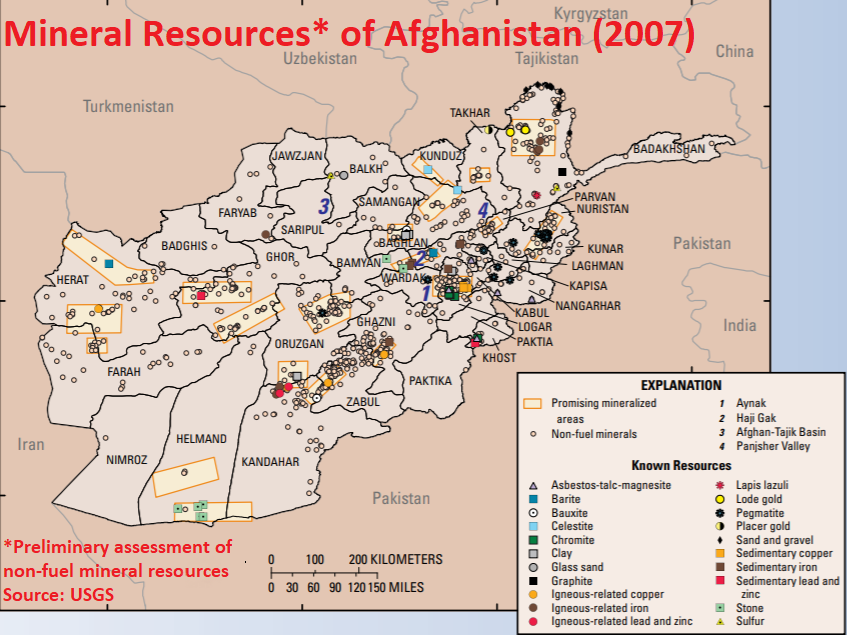
With hydrocarbon-rich Iran and Turkmenistan to its west, Afghanistan harbours around 1.6 billion barrels of crude oil, 16 trillion cubic feet of natural gas and another 500 million barrels of natural gas liquids.
That’s according to the 2019 Afghan report, which cited a joint U.S.-Afghan assessment, and implies a value of $107 billion for the crude oil alone at current market prices.
“Most of the undiscovered crude oil is in the Afghan-Tajik Basin and most of the undiscovered natural gas is in the Amu Darya Basin,” the report said.
Gemstones
Afghanistan has historically been a major source of lapis lazuli, a deep blue, semi-precious stone that has been mined in the country’s northern Badakhshan province for thousands of years, as well as other gemstones such as rubies and emeralds.
The finest grades of lapis lazuli can fetch up to $150 per carat, according to the 2019 Afghan report, which notes, however, that the majority of gemstones mined in the country leave the country illegally, mostly to Peshawar in Pakistan, denying Afghanistan vital revenue.
(By Tom Daly and Shivani Singh; Editing by Christian Schmollinger)
More News
Rio Tinto posts lowest Q1 iron ore shipments since 2019, tempers forecast
April 15, 2025 | 03:55 pm
Trump orders tariff probe on all US critical mineral imports
April 15, 2025 | 03:16 pm
{{ commodity.name }}
{{ post.title }}
{{ post.date }}

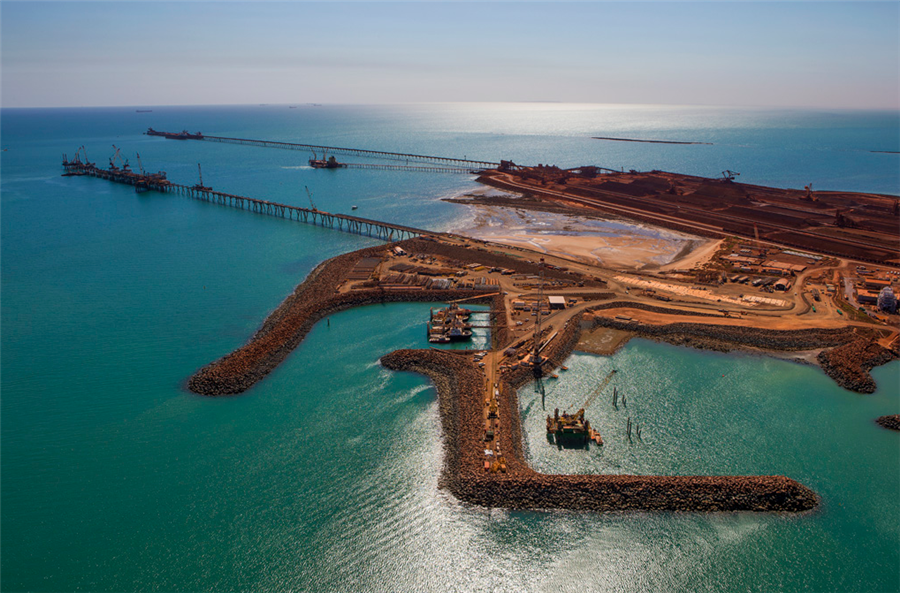
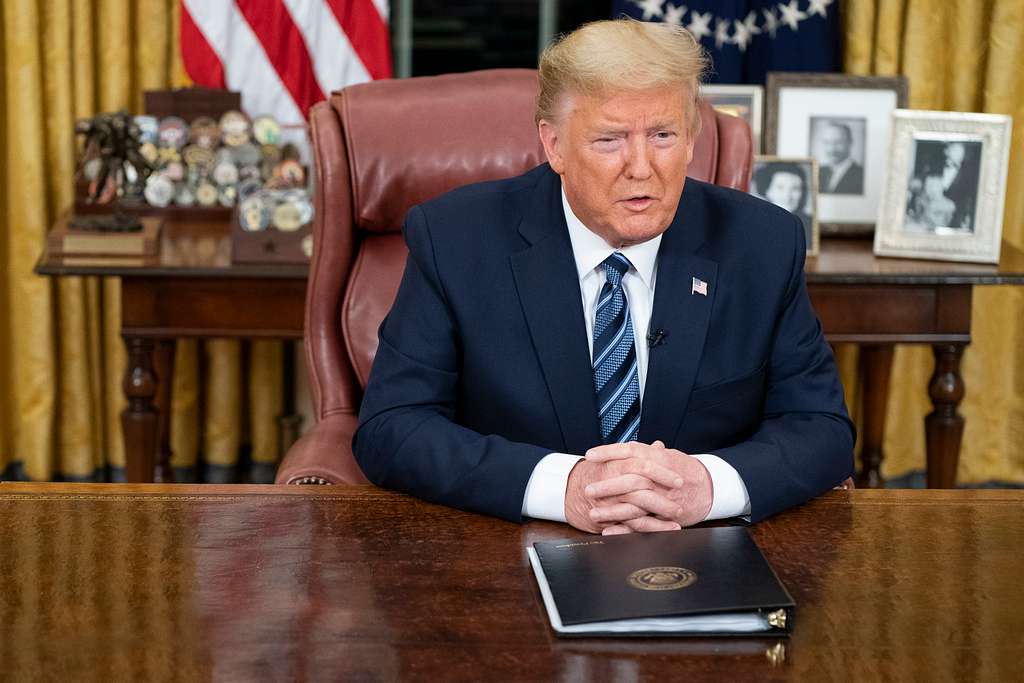
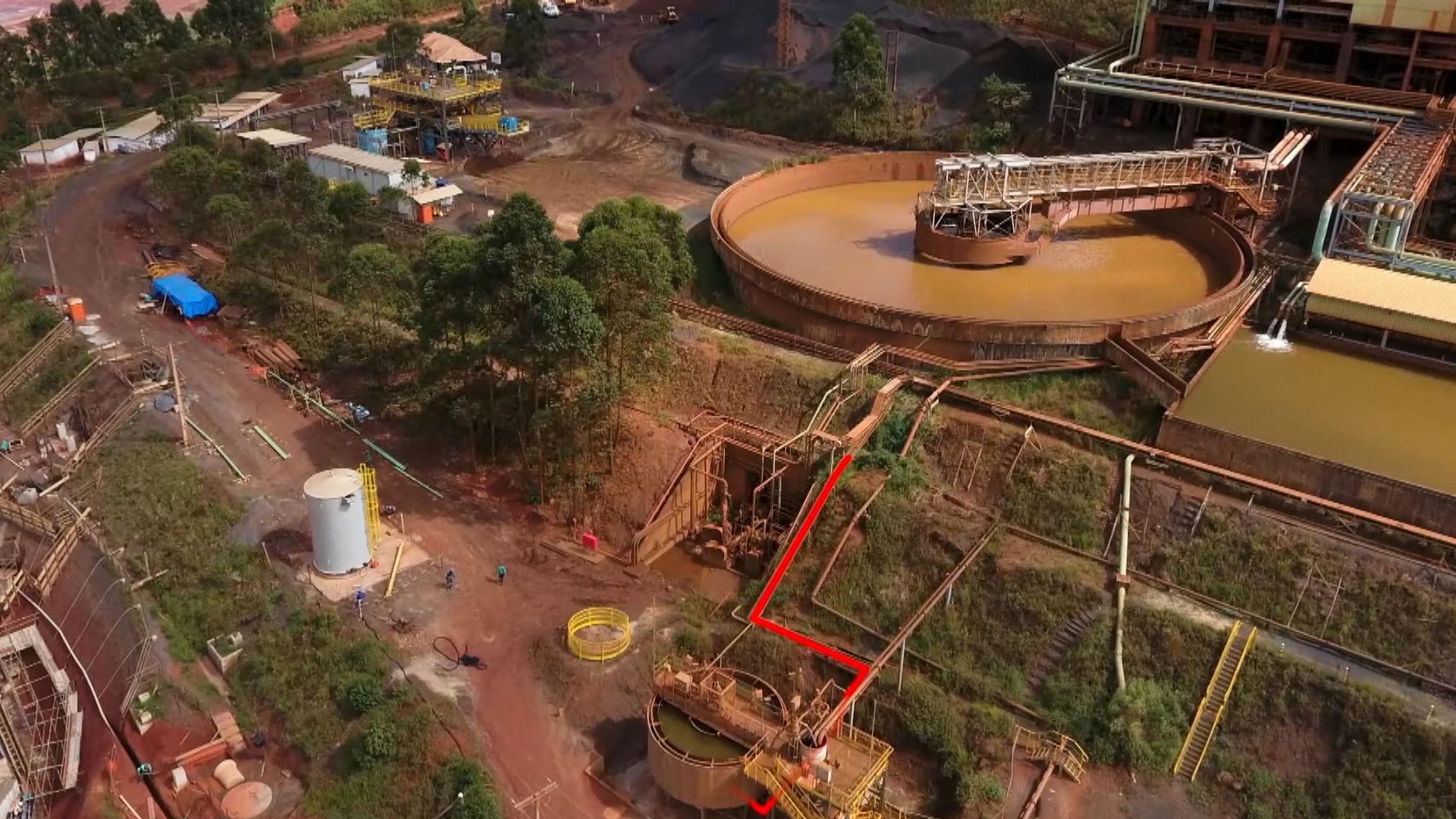
Comments